In this Article
Toggle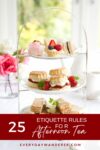

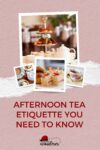
English afternoon tea is a big leap from the playful tea parties you enjoyed as a kid. From pouring a proper cup to navigating the tiered tray of treats, these tea etiquette tips will ensure the experience is enjoyable and your manners are flawless.
Growing up, my sister and I often hosted grand tea parties for our stuffed animals. But it wasn’t until I was preparing for my first authentic English afternoon tea that I realized how much I had to learn. Beyond selecting a chic outfit and anticipating tea would be served, I was clueless about what awaited me at this iconic British tradition.
Thanks to a crash course in tea etiquette from my cousin’s English wife, I discovered there was much more to tea time than sipping tea and nibbling on scones. From the art of pouring and stirring tea to some of the finer nuances of this elegant tradition, she prepared me to enjoy the event like a duchess instead of a dork—and I’m eager to share it all with you. Whether you’re a seasoned tea lover or a newcomer to this delightful British custom, understanding the nuances of tea etiquette will enhance your experience and ensure you enjoy every moment of the social occasion to its fullest.
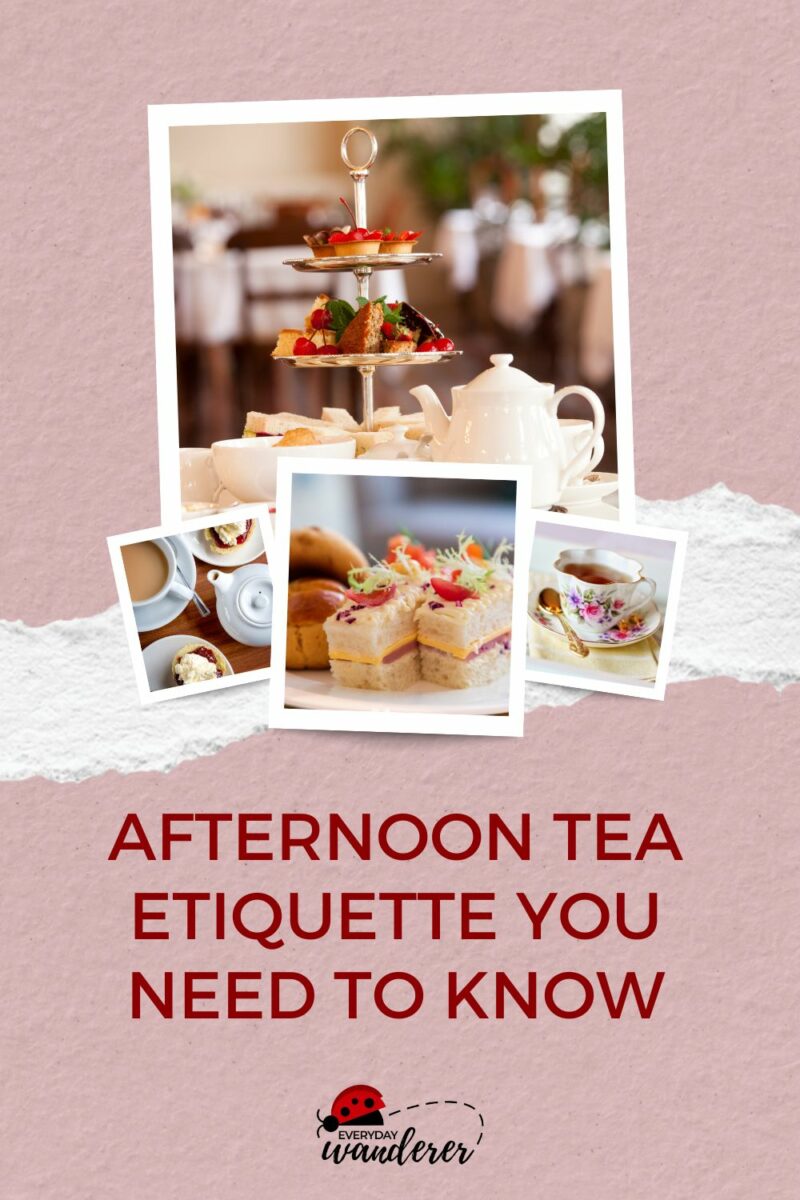
To help offset the costs of running EverydayWanderer.com, you’ll find affiliate links lightly sprinkled throughout the site. If you choose to make a purchase via one of these links, there’s no additional cost to you, but I’ll earn a teeny tiny commission. You can read all of the legal blah blah blah (as my little niece says) on the full disclosure page.
The British Tradition of Afternoon Tea
Afternoon tea is a hallmark of British culture. Born in the 19th century to bridge the gap between lunch and dinner, it quickly became a festive social gathering throughout the nation and the British Empire.
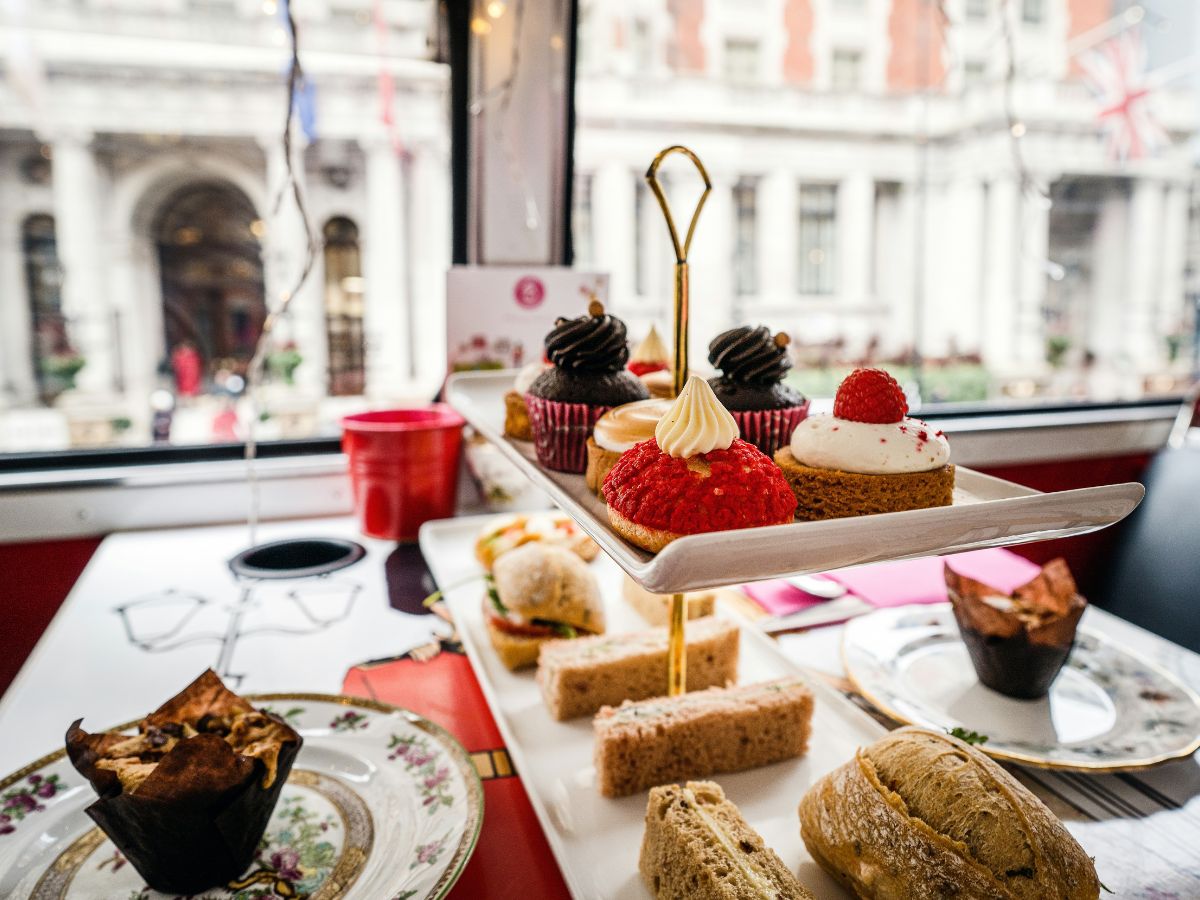
What is Afternoon Tea?
Tea time is a leisurely affair that brings family and friends together for an afternoon break over a hot cup of tea and an assortment of light bites. The mid-afternoon spread typically features delicate finger sandwiches, freshly baked scones served with clotted cream and jam, and bite-sized desserts.
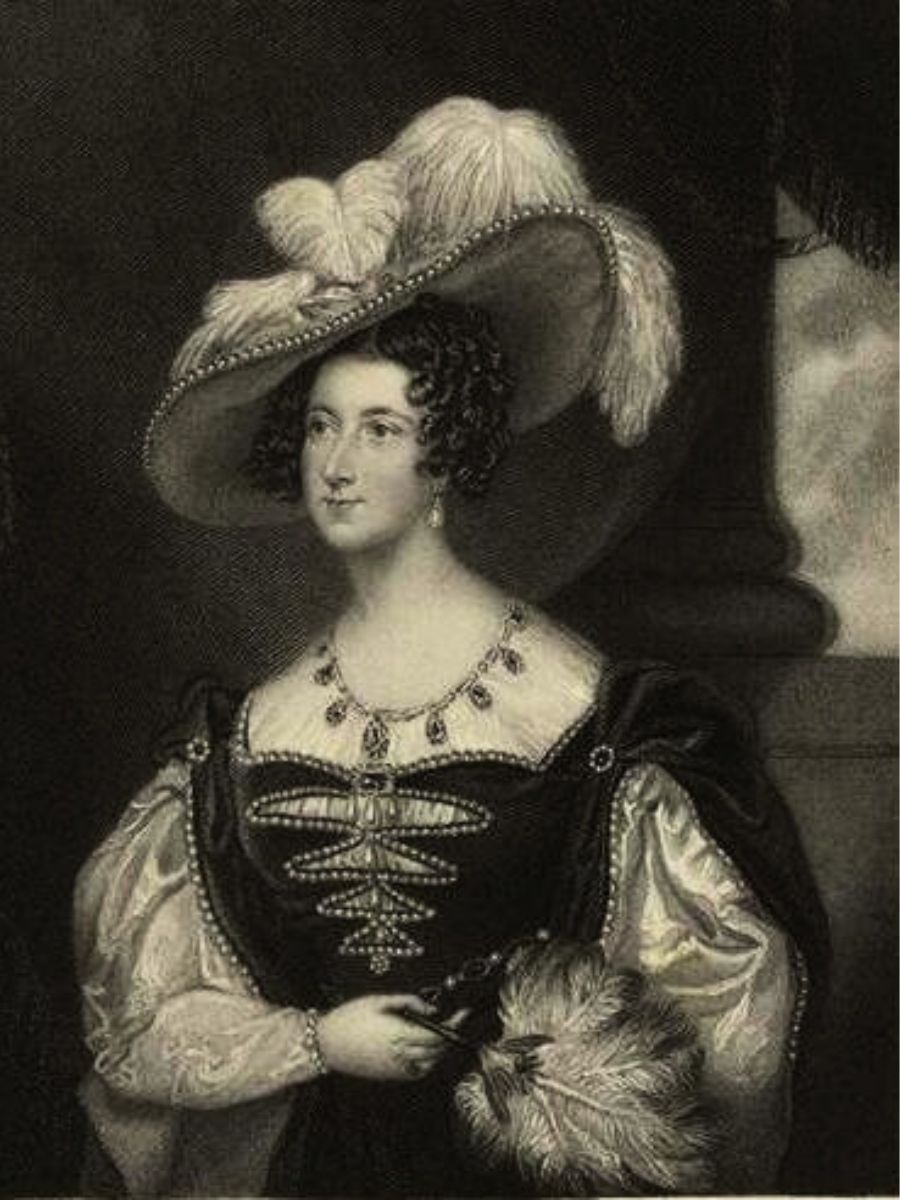
What's the History of English Afternoon Tea?
Anna, the Duchess of Bedford, is credited with conjuring up afternoon tea. At a time when two meals a day were the norm and dinner wasn’t served until 9:00 pm, the close confidante of Queen Victoria would get a bit hangry in the mid-afternoon. The clever duchess devised a novel solution to silence her rumbling tummy: a private tea service in her boudoir accompanied by bread, butter, and cake. What began as snacktime for one blossomed into a tea party as the duchess invited friends and family to join her.
Enjoying This Article?
Sign up for the newsletter!
Thank You for Subscribing!
Essential Etiquette Rules for English Afternoon Tea
As illustrated by how we spell and pronounce certain words, the United Kingdom and the United States are similar but different. Knowing the nuances of afternoon tea etiquette will help you fit in and enjoy your experience with confidence.
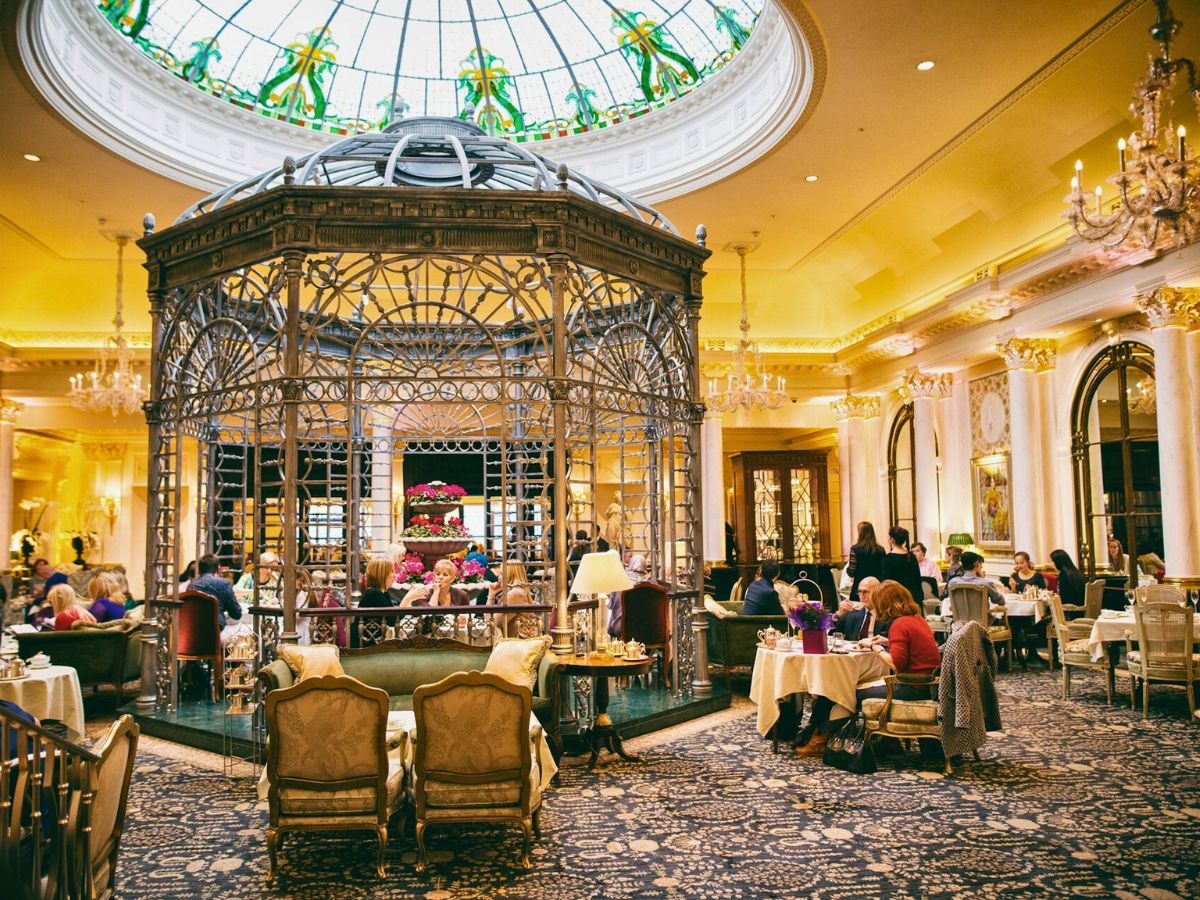
Dressing for Tea
Most venues serving afternoon tea will anticipate that guests will dress in a smart casual or business casual style. Women can wear dresses or slacks paired with a nice blouse or jacket. Men should wear trousers with a collared shirt. While it’s typically not expected that men wear a coat and tie, adding them can smarten up the look. It is inappropriate to show up for tea in athletic wear, ripped jeans, or casual sneakers.
Mind Your Manners
At afternoon tea, the focus is on the company and the experience. Silence and store your phone so it isn’t a digital distraction. Be sure to keep your phone, purse, and any other personal items off the table. Not only is it good table manners, but it provides adequate space for your food and tea and allows you to immerse yourself fully in the moment.
Enjoying Your Tea
The ritual of tea drinking at these events is as important as the drink itself. As a starter, you’ll want to accept some tea and not a tea. If you don’t want to drink your tea black, add sugar and milk in this order:
- Start with a lump or spoonful of sugar
- Fill your teacup about ¾ full
- Add the desired amount of milk
Sage Advice: Never add cream to black tea, only milk. Cream is too heavy for the delicate flavors.

To properly stir the sugar and milk into your tea, place your tea spoon in a six o’clock position in the cup and gently move it up and down. Do not stir your tea in a circular motion or make a mini whirlpool in your cup. It is also important not to clink the spoon against the sides or bottom of the cup. As I write this, I hear Julie Andrew’s voice as Mary Poppins says, “Do not clink your spoon, please, Jane. We are not a bull in a china shop!” After completing your vertical stir, set the spoon on the saucer next to the teacup’s back. It should never go in your mouth and should not remain in the cup.
When it’s time to sip your tea, look into your teacup, not over it. Just like it’s easier to hit a home run when you keep your eye on the ball when pitched, it’s easier not to spill tea down your front or on the tablecloth when you keep your eye on your cup.
As far as pinkies go, forget the etiquette rules my sister and I followed during our childhood tea parties. As it turns out, extending your pinkie finger is quite rude. Instead, tuck your pinkie finger in and pinch the handle with your thumb, index, and middle finger. Take small, quiet sips of tea. If the tea is too hot, let it cool naturally without blowing on it.
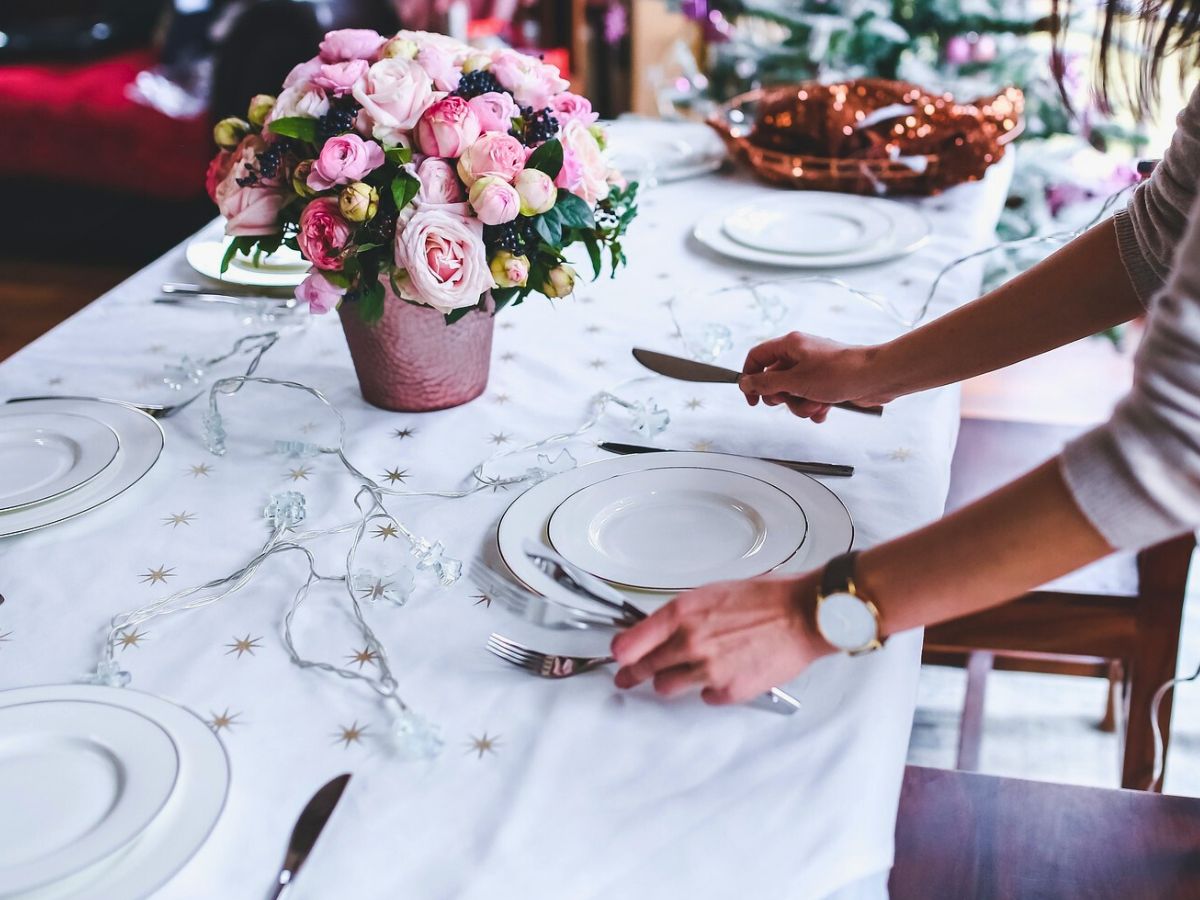
Tableware
Afternoon tea is one of the few occasions where it’s perfectly acceptable — even encouraged — to eat with your fingers, especially when it comes to finger sandwiches and other small treats. However, you will need silverware to spread clotted cream and jam on warm scones and dig into some of the desserts.
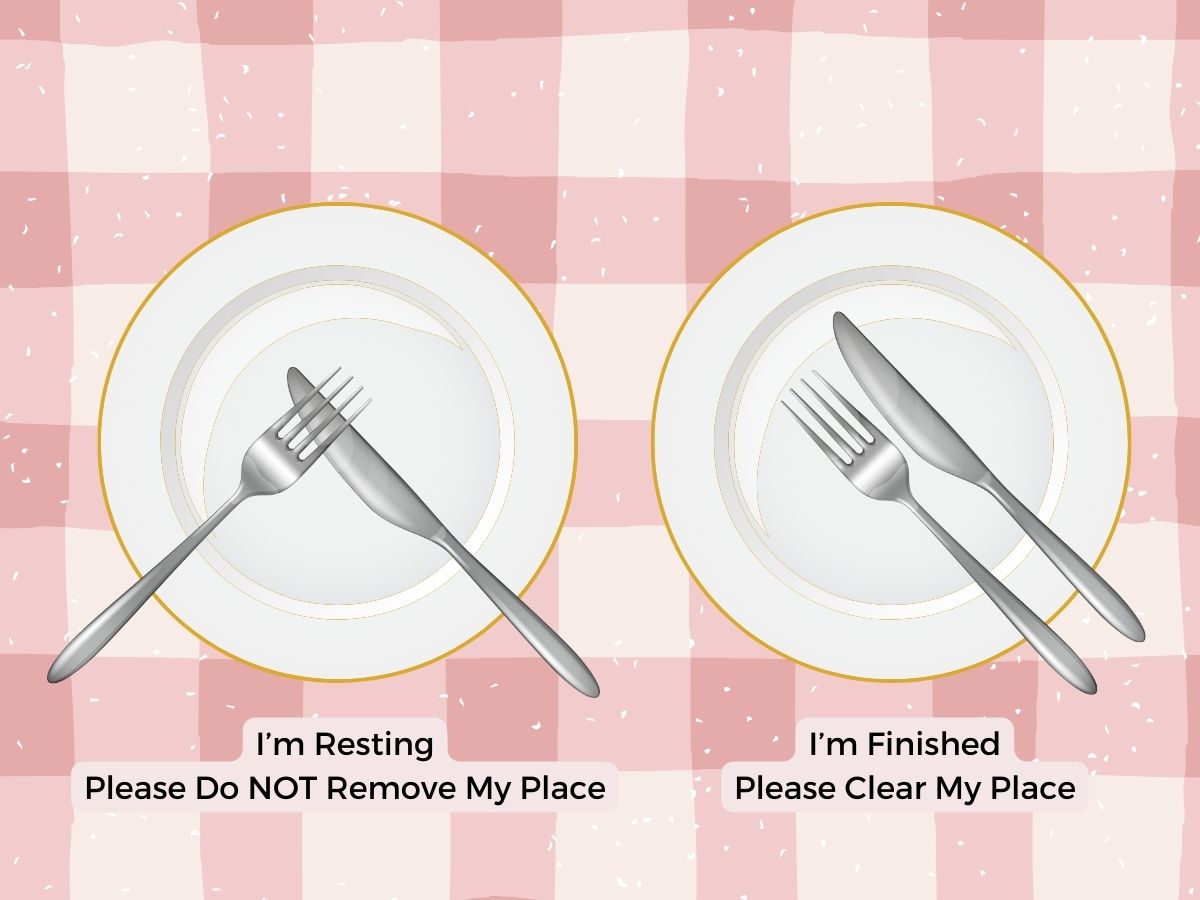
Once you’ve used a fork or knife, place it on your plate, not back on the table. Be mindful of the secret code your utensils can send out. When you’ve finished your meal, place your fork and knife on your plate at 4:20. If you are still enjoying tea service, rest them at 7:20.
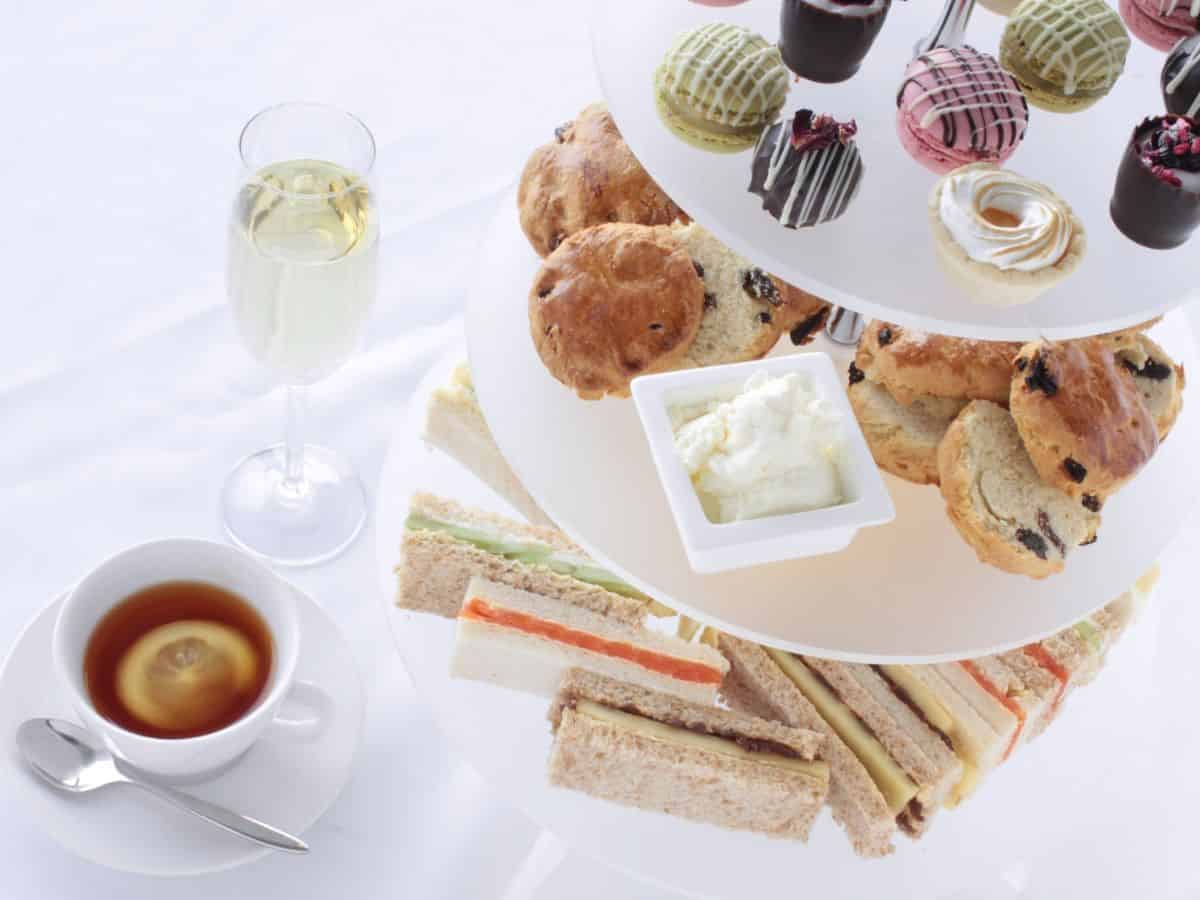
"I love afternoon tea, and my daughter and I are making it a point to try all the nearby places that offer afternoon tea service. She likes the fruit teas, and I like the black teas, so a tea that allows us two pots is ideal. Afternoon tea must be accompanied by a three-tiered stand of goodies. Traditional scones with butter or clotted cream and jam are a must, and any place that offers finger sandwiches on more than just plain bread are our favorites!"
— Jenn Allen, All The Best Spots
Food Etiquette
The presentation of treats on a three-tiered stand helps guide the eating order according to afternoon tea etiquette. The bottom level is for savory items, the middle is for scones, and the top layer is for sweets.
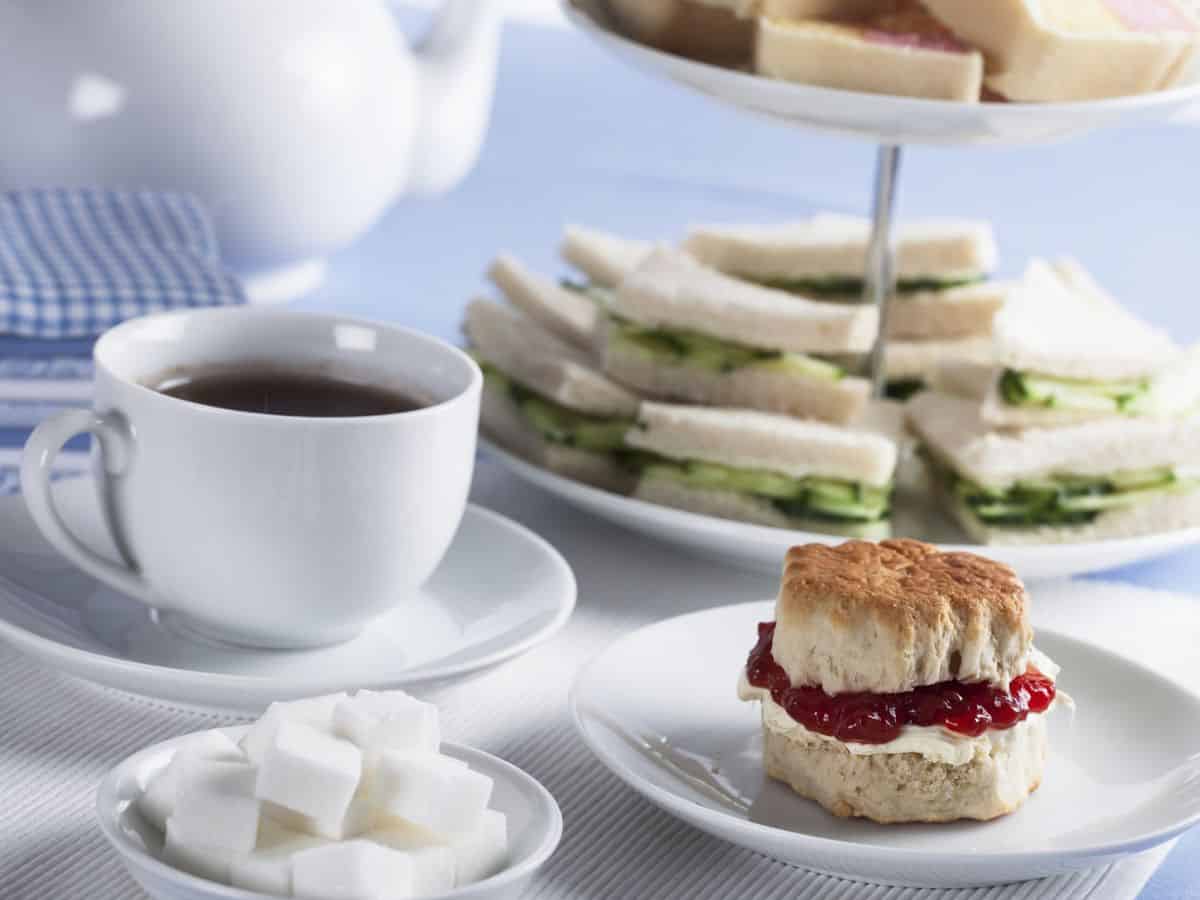
Savory items typically served at tea include finger sandwiches, pinwheels, mini sausage rolls, and other bite-sized offerings. Common sandwich fillings include:
- Thinly sliced cucumbers and butter
- Smoked salmon and dill
- Egg salad
- Deviled ham
- Tuna salad

Moving onto the middle tier, you’ll find the scones. As it turns out, this tasty treat is pronounced “sCON” and not “sCONE.” Ooops! I’ve been saying that wrong all these years. Just like mascarpone. (The “r” is tricky in that one!)
"Here in the UK, there is a dispute about the best way to assemble your scone. In Devon they put the cream first and then the jam, and in Cornwall the other way round. I’m in Wales, and honestly it’s delicious both ways, so I can’t pick."
— Anna Marikar, Crunchy Family
Just like there is a difference between English biscuits (cookies) and American biscuits (used to make a sandwich or smothered with sausage gravy), there is a difference between English and American scones. British scones are plain, round cakes that resemble American biscuits (minus the sausage gravy). American scones are usually sweet, glazed triangles with “mix-ins” like blueberries and cranberries.
And under no circumstances should a scone be dipped into your tea like a biscotti or used to make a clotted cream and jam sandwich (as pictured above). Instead, break off a bite-sized piece of the scone, apply clotted cream and jam, and enjoy one bite at a time.

The top layer of the serving tray features a variety of sweets, including petits fours, tarts, and other desserts. A traditional English afternoon tea sweet is Battenberg cake, a pink and yellow checkered cake wrapped in marzipan.
It’s also important to remember basic table manners like:
- Keep your napkin on your lap while seated at the table
- Take small bites of food
- Chew with your mouth closed
- Finish one bite before taking another
- Use your napkin to dab your mouth or wipe your fingers instead of licking them
A Parting Sip
Mastering these tea etiquette tips will enhance your tea time experience and help you savvily participate in a tradition that has brought people together for centuries. May your next afternoon tea be steeped in joy and shared with great company!
Have You Enjoyed Afternoon Tea?
Have you experienced a British tea service? What type of tea did you sip? Do you prefer savory or sweet snacks? Any afternoon tea etiquette rules I’ve missed? Share your thoughts in the comments below!
Thank you for sharing!

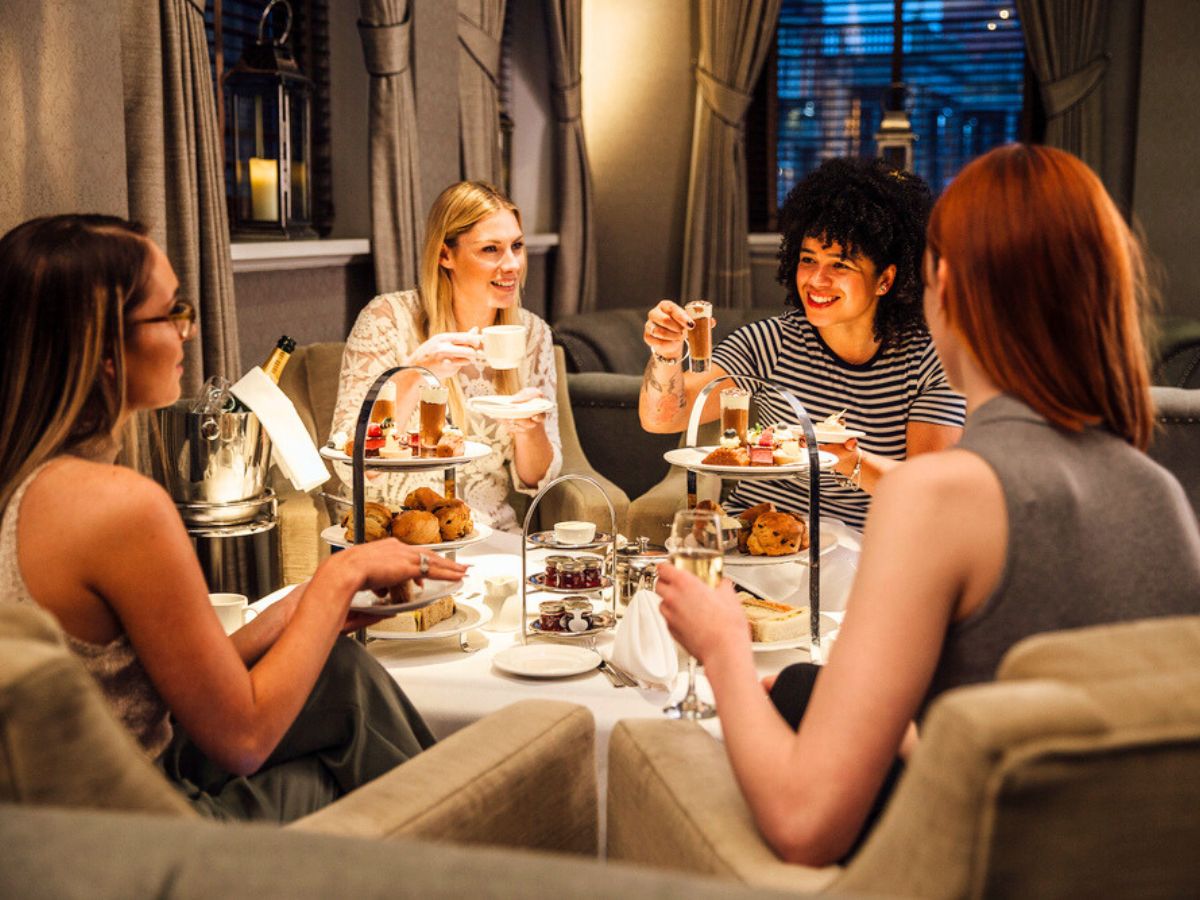


Interesting and witty article, as an Englishman with a Greek/American wife I had to chuckle at the reference to needing captions, her indoors can’t understand a word spoken by anyone Welsh, Scottish, Northern Irish, Liverpudlians or Geordies (Newcastle)!
However I must remark on the “it turns out there’s no wrong way to top off a scone” remark, if only for your fans safety should they find themselves in the English counties of Cornwall or Devon. Never, and I do mean never!, get the assembly wrong in these neighbouring counties! They absolutely will correct you and you’ll endure a withering scorn until you’ve left the premises, maybe even the county lines! Cornwall always jam first then cream, Devon always, always, cream first then the jam…you have been forewarned!
Yes, I have indeed been warned. Thanks for stopping by, sharing your wise advice, and taking the time to leave such a lovely comment!
Such a helpful article. I never knew there were so many etiquette rules until I started researching where to have afternoon tea. I don’t want to look like an uncouth peasant when we visit London ha ha. I am getting so excited planning our trip! This is right up my alley on things to do!
You’ll love afternoon tea! When do you head to London?
Brilliant post! I’ve learned so much!
I am a huge fan of tea- a tea and some tea. I have taken tea around the world, but still learned a lot from this post. My favorite tea ever was a cream tea in the Cotswolds in England at Lucy’s. And the setting was perfect. English scones are so much better than American ones, mainly because they make true clotted cream.
I feel so lucky that the place we have tea locally is run by an Englishwoman and there is real clotted cream. The best scones EVER! 🙂
We do a lot of Afternoon Teas. And I really never looked at the etiquette before going. I hope I have not been a dork! I don’t like either Earl Grey or Darjeeling. So I am sure my tea choices have offended someone. And I generally like my tea without sugar or milk. Another faux pas. We did certainly learn about pinkies down though! But good to know I can eat my scone with cream or jam layered first! Thanks for the fun lesson. I pinned this and shared it so I don’t forget any of the lessons.
So, if you don’t like Earl Grey or Darjeeling tea, what is your favorite tea to pair with a properly layered scone?
Very entertaining read! Reminded me all my cream teas enjoyed in London; and I even learned a thing or two (including the scon vs scone)
And now I’m craving a scone with clotted cream and strawberry jam. Yum!
I was so confused by the different types of teas when I first visited the UK! I was definitely in the camp that though High Tea must be something fancy. Wish I’d had this article before I went there haha. Also – who came up with vertical stirring?! How does that make sense?!
I’m not sure who came up with vertical stirring, but I sometimes find myself using that technique with my morning coffee!
We are big fans of Afternoon Tea here (and half our household is British). It’s such a fun mother-daughter experience or birthday party! Thanks for this very informative guide!
What type of tea is your favorite to sip at afternoon tea? Earl Grey, or another?
I loved the section about pronouncing sCON or sCONE, a never ending British debate. Although, I’m ashamed to say, that even as a Brit, I never knew there were so many rules nor have I ever had ‘afternoon tea’. This is certainly something I need to add to my home country bucket list.
To-MAY-to, to-MAH-to. 🙂
So do you typically refer to it simply as tea instead of afternoon tea?
What a great post! Also, love the title. I’ve always wondered where to look when sipping tea/coffee – never knew there was a “right” answer. Huh!
Now you know exactly where to look while you sip your Earl Grey to channel your inner duchess! 🙂
Interesting! I’ve never had English afternoon tea. Thanks for giving me the rundown. 🙂
It’s a fun experience, that’s for sure!
Excellent guide! I live in the UK and love going for afternoon tea. I am happy you mentioned about the tea as I always go for an Earl Grey at afternoon tea 😀
As a German-American who is new to English afternoon tea, it warms my heart to hear that I did justice to another country’s beloved tradition. (And oh boy are fresh scones slathered with clotted cream and strawberry jam absolutely delicious, especially when paired with Earl Grey tea!)
There is a proper way to “wipe” your mouth with your napkin. You don’t WIPE, you gently dab or blot.
That sounds appropriate for tea. After all, it’s not like you’re eating barbeque ribs. You’re eating cucumber sandwiches and cakes, and a gentle dab or blot should do! 🙂
Definitely never ‘high tea’ – this is one of my pet peeves so I was happy to see it here! 🙂 Both ways to say scone are correct though, it’s a common (and fun) thing for Brits agree to disagree about!
I think Americans in particular think that the word “high” somehow adds an element of sophistication to tea time. LOVE knowing that even the locals argue over “scon” and “scown” as pronunciations for my favorite part of tea time!
I love this! So traditionally British to have rules around everything, even where your eyes should be looking when you drink the tea. What a great read, although, I sure have been doing it wrong. On the bright side, I did know how to pronounce scone.
I was pretty much doing EVERYTHING wrong. And now that I know how to pronounce scone properly, my kids roll their eyes at me. (Clearly, our ancestors did not emigrate from anywhere near the British Isles. LOL!
I never knew all the controversy over the pronunciation of ‘scone’ before! I will contemplate my own pronunciation over a hot cuppa. Informative piece on tea time.
I know, right? And now that I pronounce “scone” properly, my kids all roll their eyes at me and get irritated. LOL!
This is such a fun article, Sage! Thank you for the great etiquette tips. This Texas girl needed them! LOL!
After learning these etiquette rules, I now add cream to my coffee every morning chanting out loud, “six and twelve, six and twelve” instead of my ingrained circular stir. LOL!
Very fun article. I have never actually experienced a High Tea. Looks like I need to find one, OR take a trip to the UK.
English afternoon tea is such a fun and delicious way to relax and enjoy friends and family!
I guess you’re looking for a late afternoon dinner meal served with a plate of meat and side bowls of vegetables then, because that’s what “high tea” is – not the quaint tradition of taking tea in the afternoon with friends with little sandwiches, scones, and sweets.